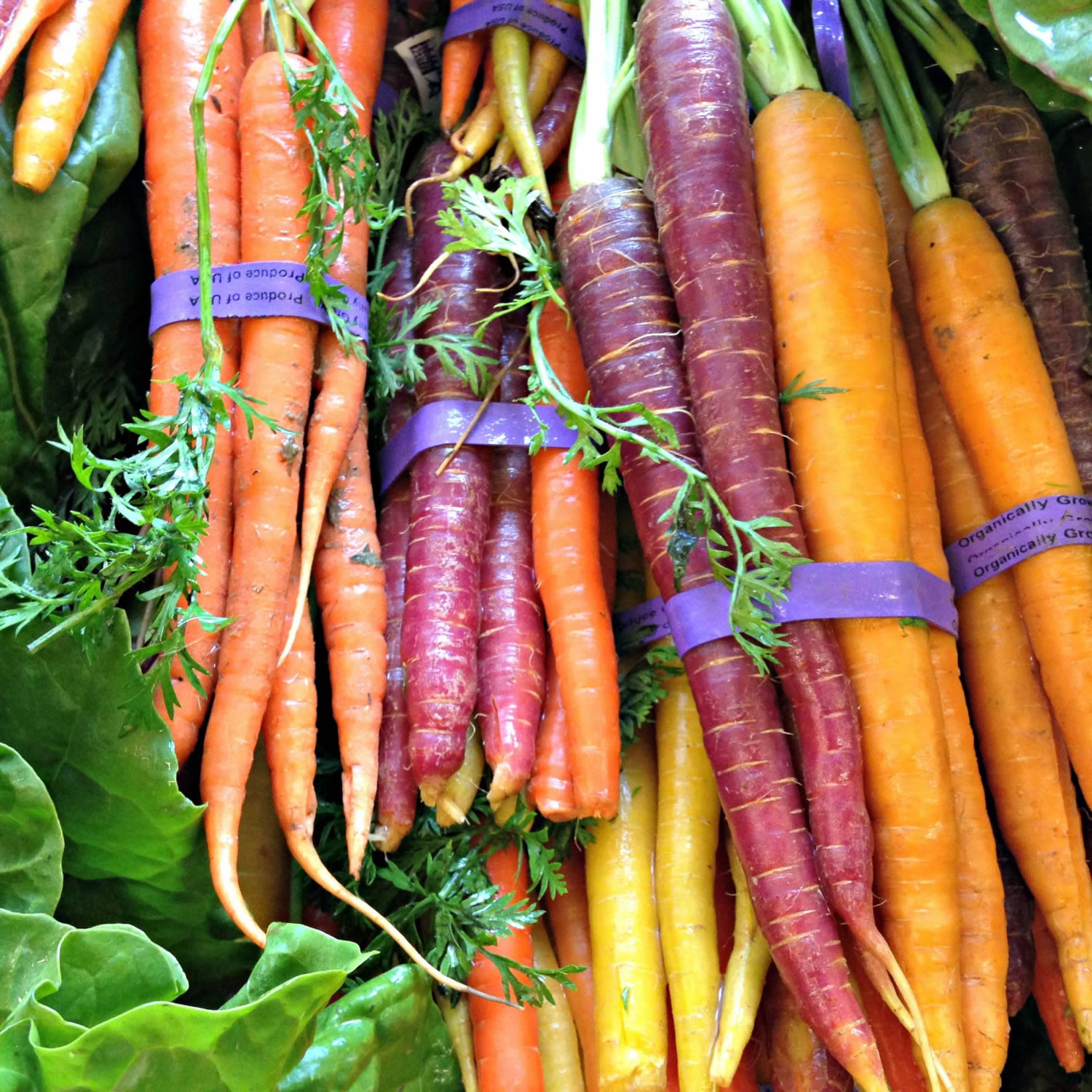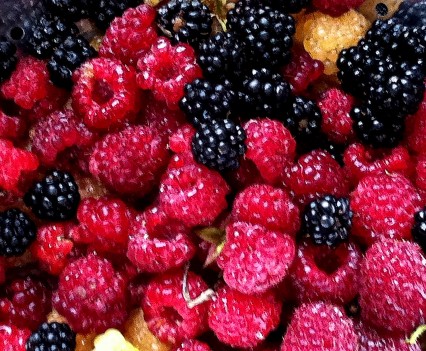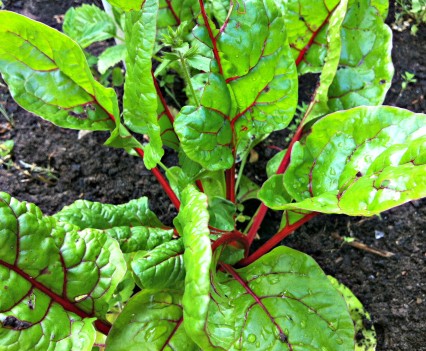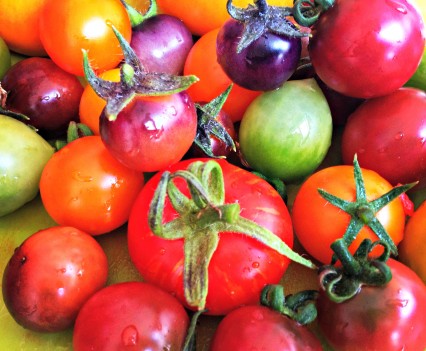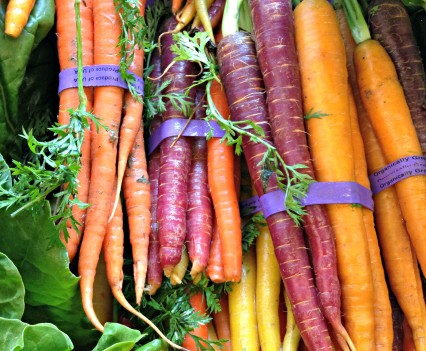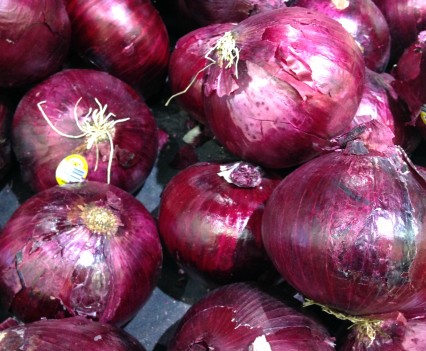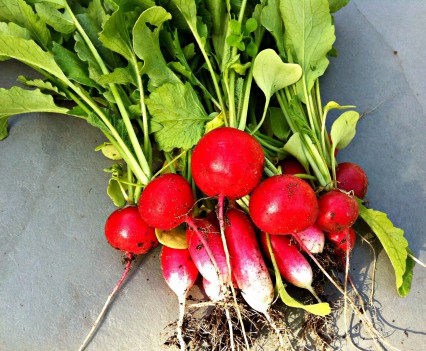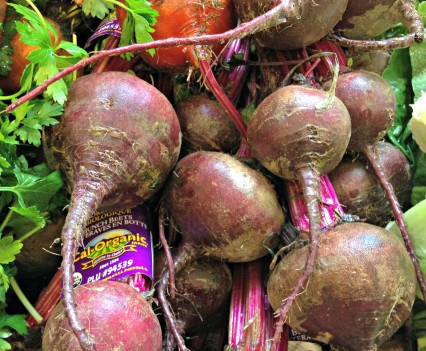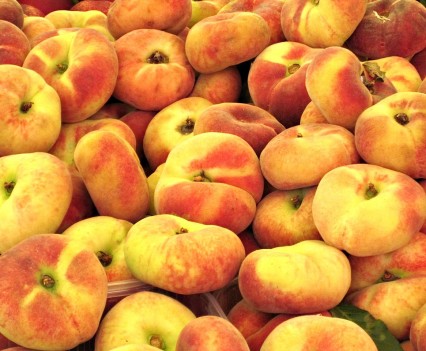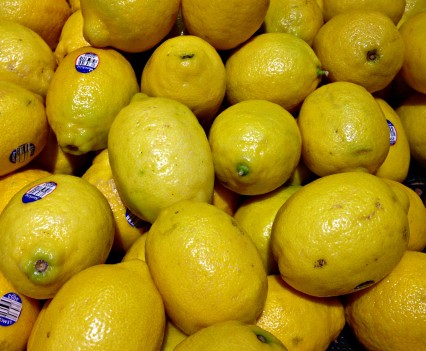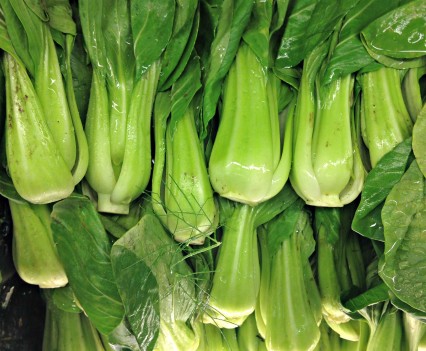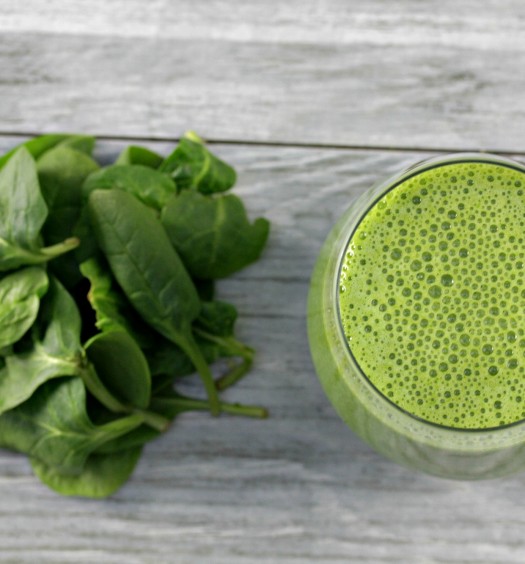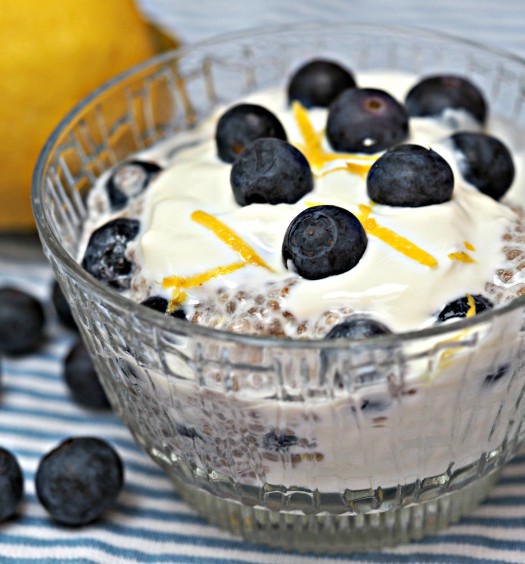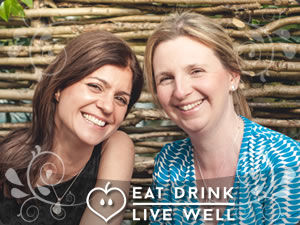Focusing on the ‘eat a rainbow’ philosophy is a simple way to improve your diet. In a world where nutritional advice in the media often seems to be totally contradictory, having some simple, basic principles to focus on can distract us from our concerns about specific foods: Is butter no longer the enemy? Are all grains bad? Should we drink juice at all if it’s high in sugar? There seem to be more questions than answers.
Quite frankly I find myself confused much of the time and once I start to delve in to the research itself it’s riddled with poor studies and ‘evidence’ that’s conducted in a test tube in a lab.
So it’s easy to see how most of us try our best to eat well, quaffing green tea with our quinoa salads – but then lose the plot and ricochet back to cappuccinos and pizza.
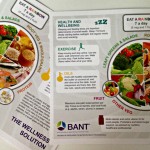 So the British Association for Applied Nutrition and Nutritional Therapy (BANT) have tackled this issue head on, resulting in 3 beautifully visual pages of Wellbeing Guidelines for those who can’t afford, or don’t want to, get a personalised nutrition plan from a Registered Nutritional Therapist.
So the British Association for Applied Nutrition and Nutritional Therapy (BANT) have tackled this issue head on, resulting in 3 beautifully visual pages of Wellbeing Guidelines for those who can’t afford, or don’t want to, get a personalised nutrition plan from a Registered Nutritional Therapist.
I’m personally ecstatic with this as I’ve lost count of the number of times I’ve drawn a rather rubbish ‘what you should eat’ plate for clients in the middle of a consultation on a scrappy bit of paper. It works, but hasn’t looked great.
What we like about the guidelines:
- They’re evidence-based guidelines (technical speak for they’ve looked at all the research and they’re not just plucked out of the air).
- They’re detailed e.g. they distinguish between the ‘better’ starchy foods, and specify which fats we should be eating.
- They include basic lifestyle suggestions including sleep, exercise and wellbeing. It’s our experience that our clients who tackle these at the same time as dietary changes make the biggest and quickest leaps forward towards wellness.
- They’re current – compared to the old Food Pyramid we were brought up on there’s a massive difference – like comparing a stale piece of sliced white 1970s bread to a 2015 artisan rye sourdough. The most recent Eatwell Plate (which still features a can of cola) and US Eating Guidelines aren’t as up to date as the new BANT Wellbeing Guidelines.
- They’re general and can apply to everyone. For those who want a personalised plan, that takes account of their genetics and individual lifestyle and dietary preferences, they can come and see a Registered Nutritional Therapist. But these guidelines are a great start for people who don’t want to, or can’t do that.
So what actually are the new guidelines?
They’re just 3 easy well-designed and visually attractive pages:
- A basic Wellness Solution showing what proportion of our diet should be fruit, vegetables, wholegrains, and protein – but with specific detail added for each (e.g. aim for only 1-2 portions of fruit and the rest veg) and lifestyle measures included.
- A similar but slightly different ‘Fight the Fat’ and ‘Beat the Bloat’ plan
- And my favourite, Eat a Rainbow
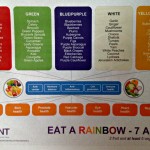 I’ve spent some time this year furthering my nutrition education with the Institute for Functional Medicine (IFM) in the USA, and my nutrition practice now is totally intertwined with a Functional Medicine approach (we address health by looking at the body as one linked, complex system). One of the IFM information leaflets I’ve used to great effect with clients is similar to the Eat a Rainbow sheet.
I’ve spent some time this year furthering my nutrition education with the Institute for Functional Medicine (IFM) in the USA, and my nutrition practice now is totally intertwined with a Functional Medicine approach (we address health by looking at the body as one linked, complex system). One of the IFM information leaflets I’ve used to great effect with clients is similar to the Eat a Rainbow sheet.
We all know we should be eating more fruit and vegetables but it doesn’t seem so easy somehow. The advantage of eating a rainbow isn’t just about nutrients – the latest research really focuses on the plant based chemicals they contain (phytonutrients) which are thought to be protective for cell health, immune health, hormone balance as well as for their anti-inflammatory and anti-cancer effects. Each colour contains differing amounts of these nutrients.
The current UK fruit and veg intake is far below the government recommendations of 5 a day – so getting up to the new BANT suggestions of 7, or which only 1 or 2 are fruit, can seem daunting.
But taking the pressure away from numbers by instead ticking off the colours you’ve eaten during the day seems to work really well, especially with kids. The form is visual and lists fruits and veggies in each category, so it’s a great way to get kids interested in what they’re eating – and for adults to really think about their own fruit and veg intake.
For instance, bump up a shepherd’s pie with celery (green), mushrooms (white), red onion (red), top with sweet potato mash (orange) and serve with purple sprouting broccoli (purple) and you’ve ticked all the colours in one meal. Apply this to every meal you eat and it suddenly seems a little easier to get towards that 7 a day target.
For more information and to download your own version of the guidelines see
http://bant.org.uk/about-nutritional-therapy/bant-wellbeing-guidelines/
We hope you enjoy this blog post, let us know your thoughts in the comments below or on social media – we’re on Twitter, Facebook, Instagram and Pinterest. And don’t forget to sign up to our newsletter to receive a monthly update of our recipes, nutrition tips and expert advice.

